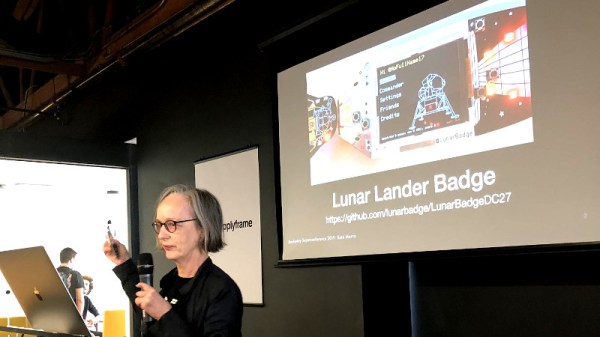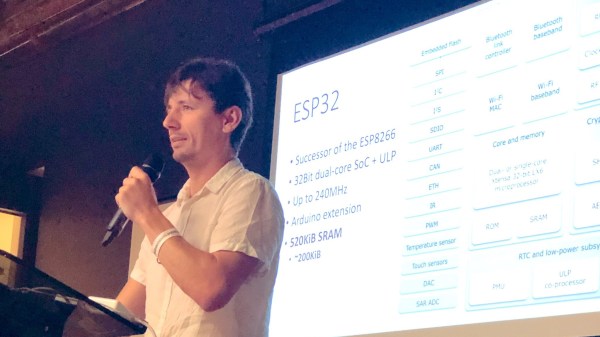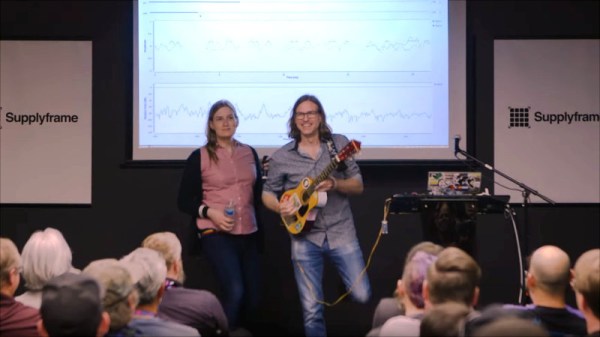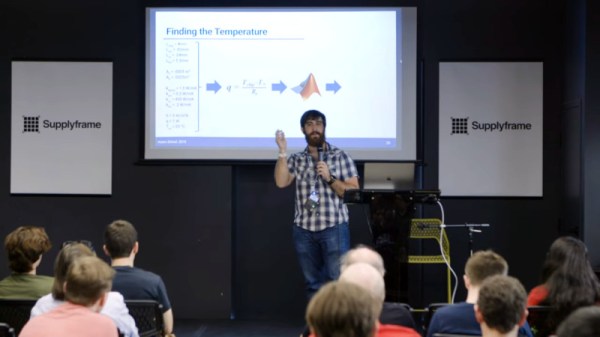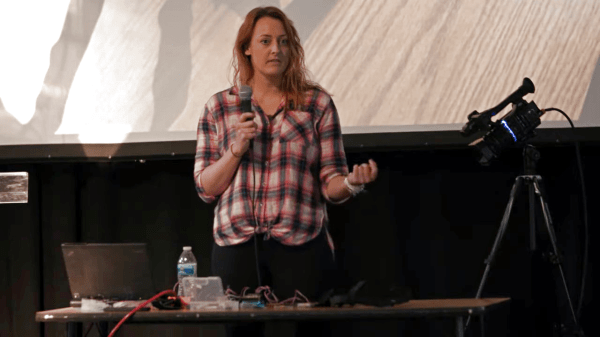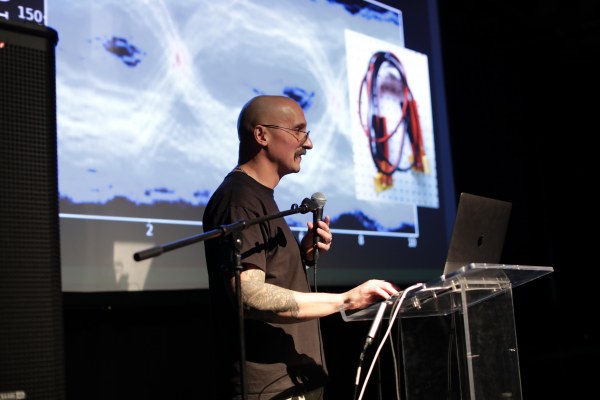PCB badges have exploded in popularity in recent years. Starting out as a fun token of entry to a conference, they’re now being developed by all manner of independent groups, with DEFCON serving as the heart of the #badgelife movement. After DEFCON 26, Kate Morris and associates decided to undertake the development of their own badge, to celebrate the 50th anniversary of the Apollo landing. Kate’s talk at the 2019 Hackaday Superconference serves to tell the tale of creating a retro game to run on a badge platform.
Continue reading “Developing Retro Games For Conference Badges With Kate Morris”

